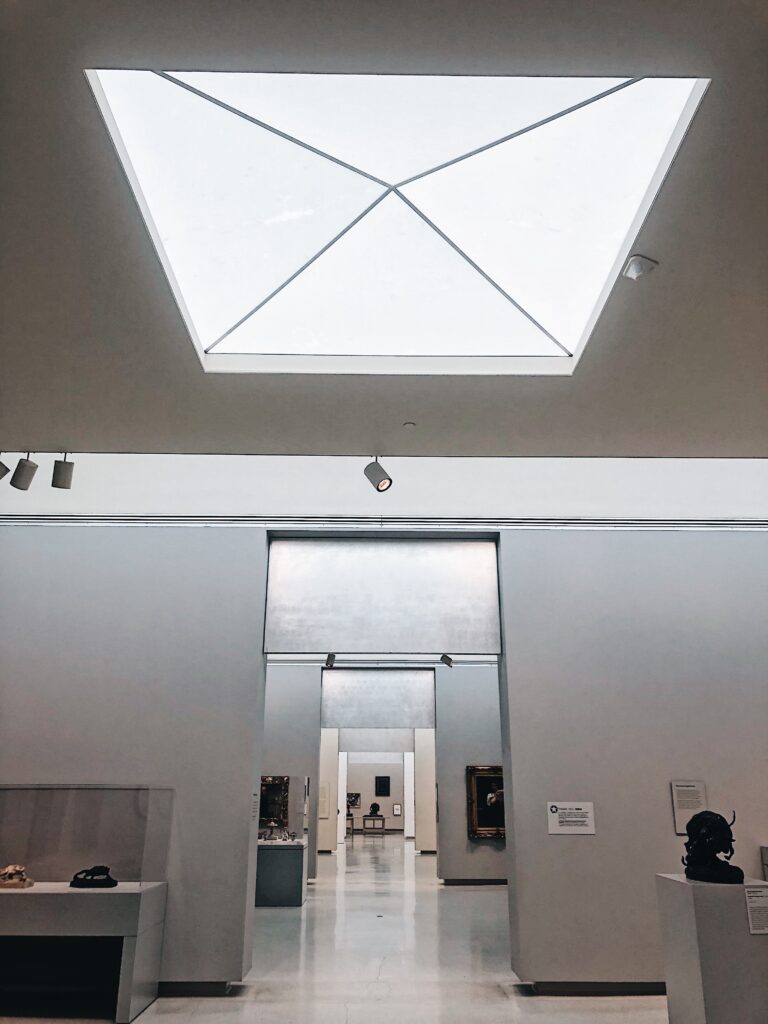
My children are learning about straight lines. About the concentration that goes into a straight line. Not the continuous path laid by a pencil’s sacrifice, but the intermittent punches of a sewing needle. My girls have been dropped off at sewing camp, and I imagine them sitting in front of machines, threads of hair escaping ponytails, a curtain they peer through, intent on the up and down. Intent on the creating of a straight line. After three hours a day for five days this week, such care in the creating of a straight line will somehow result in a pillow, a backpack, an apron.
I’m learning about straight lines. About the way a sentence punches across the computer screen, the result of one up-down finger-tap of a key at a time. I’ve brought myself to the courtyard of Pittsburgh’s Carnegie Museum of Art. I’m breathing fresh air, listening to the fountain, tapping my keys, and waiting to don a mask to enter the museum when it opens. I’m coming to be among the art, the more ancient the better, to trace a line from past to present.
Today seems unmoored from yesterday and yesterday’s yesterday. Today is an errant bobbin that tangled the predictability of a sewn line. Today, every museum employee and visitor breathes through a mask. Every door handle is squirted and paper-toweled. In between the 6 am and 12 pm news reports of Coronavirus, I slip this normal visit to an art museum into abnormal times.
The museum opens. The gate across the gift shop raises and a man emerges, wearing a mask, a tie, a blue oxford shirt, rubbing hand sanitizer in his hands. The first seven quests queue up. They wear masks. The four-year-old in line wears a mask. Children complain about this hindrance far less than adults. A man with silver hair tilts his head to take in a two-story painting in the foyer. He tugs his mask, peers over the top. An employee in mask and plastic gloves empties a trash can. Squirts the lid with sanitizer. Paper towels it clean.
These months of pandemic entanglement have nudged me toward straight lines. To stay unerringly linked to what was previous. I’ve re-read favorite novels from my adolescence. I’ve played the “Best of the 90s” Spotify playlist. I’ve brought myself to the courtyard of an art museum I first visited in my college years, tracing the line back to what was. Artwork painted, molded, and whittled; stitches punched in time by humans, a line from them to me.
In the museum, I find Auguste Rodin’s fingerprints preserved in bronze busts. Did he palm that cheek? Is that indent under the ear just the size of Auguste’s pinkie finger? Does the line that starts with Rodin squishing clay in his Parisian atelier lead to me in a Pittsburgh art museum, the tip of my nose itching from my mask? I find a Rodin sculpture titled “Sorrow.” A bronze head tilts awkwardly, the eyes closed like two pistachio shells that my children suck and discard all over our back deck and which I notice with pandemic panic—when will I feel safe for a run to the store to restock sanitizing wipes, let alone a luxury item like the snack of pistachios?
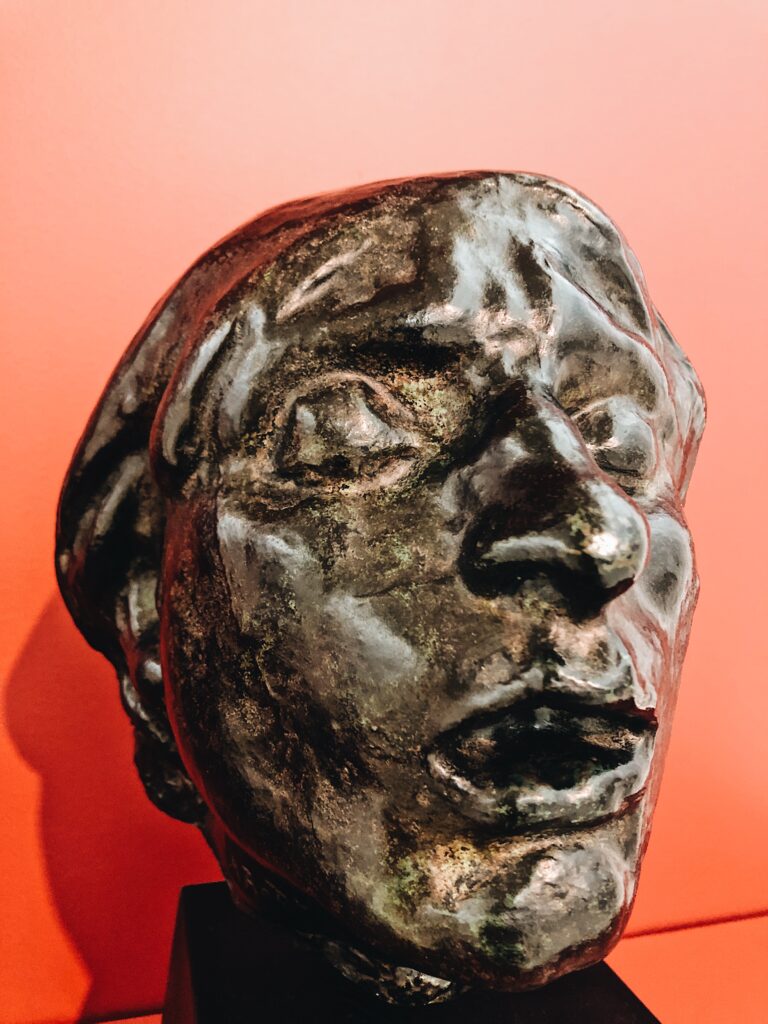
The descriptive plaque next to “Sorrow” reads, “Auguste Rodin revisited the subject now called Sorrow many times.” I tug my mask, now dampened below my nose, and wonder why and how this “subject now called Sorrow” became a thread in Auguste’s life. Those pistachio-shell eyes above a gaping mouth threaten the lines of classical sculpture. Sorrow, in any life, disrupts the line of normal. I find another note: “Masks and Souls: Auguste Rodin had a profound affect on sculpture in the early 20th century. His pupils, friends, and followers adopted many of his innovations: the portrait as mask, the closed eyes to suggest a subject’s inner life, and visual evidence of the artist’s creative work—the marks of the chisel, the pressure of fingers in wax, or the strokes of a painter’s brush.”
I find the line from Auguste to me: a mask can wrap a soul and sorrow can warp a face but they cannot hide the purposefulness of a creator’s fingerprints.
In the French Impressionism room, I feel the tug of a line to my life in summer 2019, when I stood in Paul Cezanne’s atelier in Aix-en-Provence, France. Sweat licked my spine and an audioguide droned in my ear; I found the bowl of apples and pears, three skulls, a ladder, an artist’s apron, a walking stick. Windows soared, framing the yellow, green, brown trees outside. Light poured inside to be gathered and spread on canvases.
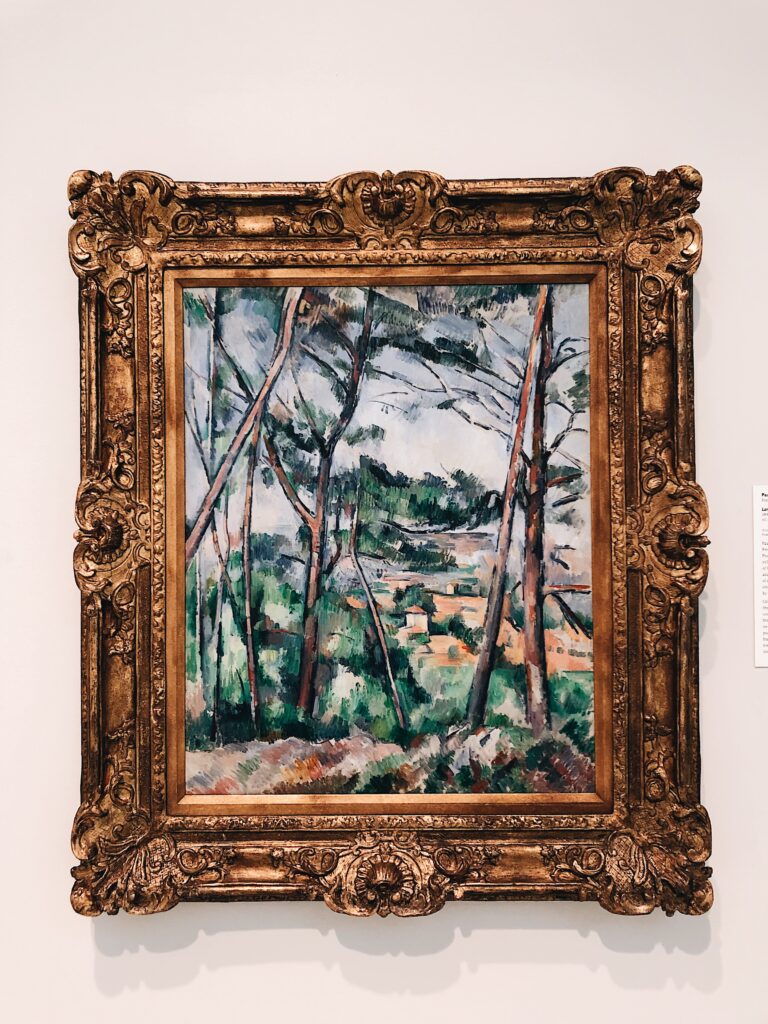
In Pittsburgh, summer 2020, I undertake the hunt in the Impressionism gallery. I dismiss the Van Goghs, the Pissaro, the wall of Monet water lilies. I’ve almost exited the gallery when I find it, the one and only Cézanne painting: “Landscape near Aix, the Plain of the Arc River.” I stand there, ignored by the masked security guard at the remote other end. My fabric mask amplifies each puff of my breath. Trace my line: this painting and I have been in the same physical space. It started in that French atelier among dusty blue bottles and still life bowls. I stood in that birthplace and observed the inpouring light that once lit this exact canvas. What journeys and interruptions brought that painting from an atelier in Aix-en-Provence to this wall of a Pittsburgh Art Museum, I cannot trace. But it is here and was there. I am here and was also there. And in these days, when connecting lines matter, my link to “Landscape near Aix” matters.
I feel like my concentration on a straight line will, after days and months, produce a worthwhile project. A pillow. A backpack. An apron. Something tangible that speaks to progress and worth. Something that leaves my fingerprints in clay.
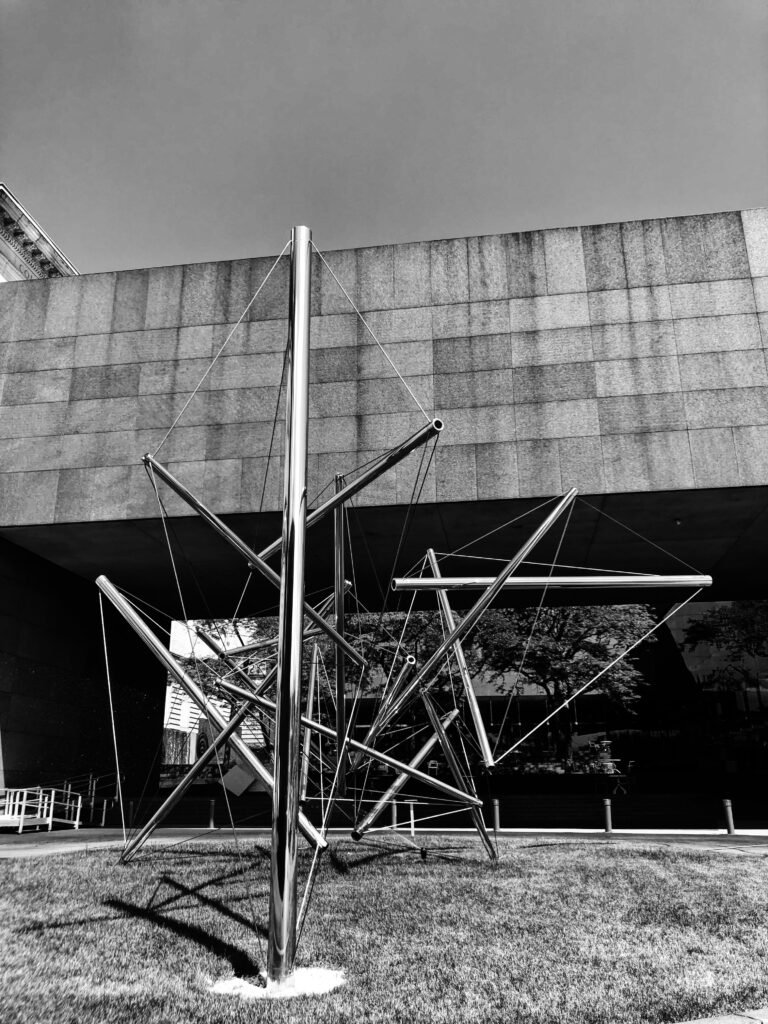
The Coronavirus drops invisible stitches in 2020. I cannot trace its progress with needle or pencil. And so I turn my attention to where I can connect lines with concentration, commitment, and a hope that the stitches I sew today will lead somewhere tomorrow. I’m learning about straight lines, taking it one punch at a time.

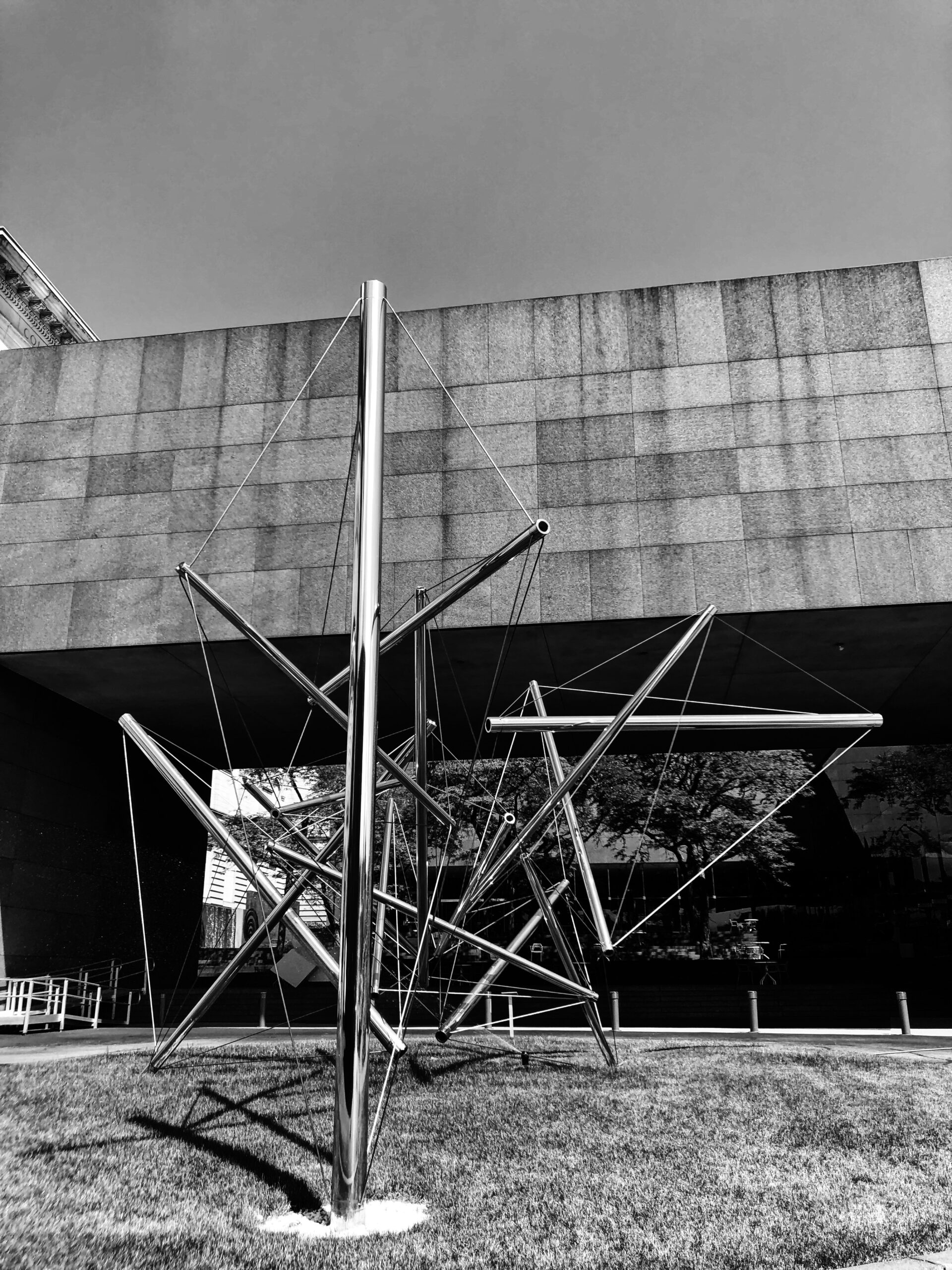
It’s so good to read fresh writing from you! Paper Doll Tales is one of my favorite blogs, and I’m thrilled that you’ve come back to it. I confess I’ve been returning to old stories during these strange times, similar to the way you’ve returned to old art. Thanks for sharing your perspective on navigating this disorienting season. –Jennifer K.
Jen–WOW! I’m so humbled to be on your reading lest, let alone have the word “favorite” attached. Thanks for the encouragement and thanks for showing up and reading! Gives me some needed motivation to keep pounding out the words. Intentional reconnections are noticeable and important in these times. Send me suggestions of the old stories you’ve been reading!
I’m constantly amazed at the power of children – they are the real role models.
Beautiful. And I’m grateful for the line from me to you.